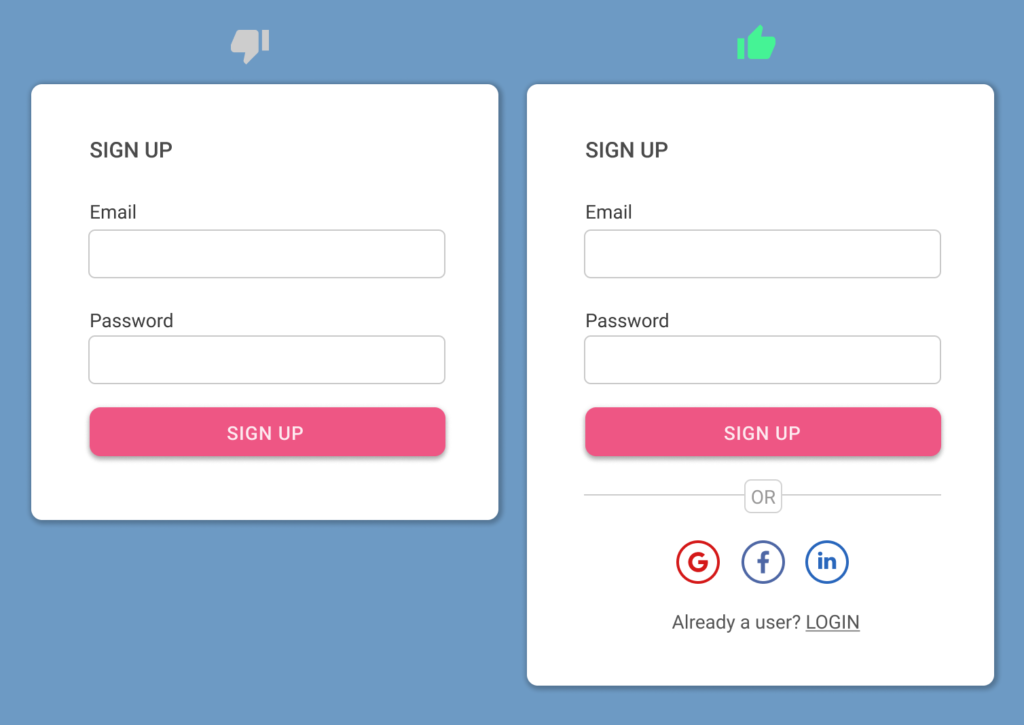Detailed analytics linked to sexual routines of overall attempt and you will the 3 subsamples off active profiles, former users, and you may non-users
Becoming unmarried reduces the amount of exposed complete sexual intercourses

In regard to the number of partners with whom participants had protected full sex during the last year, the ANOVA revealed a significant difference between user groups (F(2, 1144) = , P 2 = , Cramer’s V = 0.15, P Figure 1 represents the theoretical model and the estimate coefficients. The model fit indices are the following: ? 2 = , df = 11, P 27 the fit indices of our model are not very satisfactory; however, the estimate coefficients of the model resulted statistically significant for several variables, highlighting interesting results and in line with the reference literature. In Table 4 , estimated regression weights are reported. The SEM output showed that being active or former user, compared to being non-user, has a positive statistically significant effect on the number of unprotected full sexual intercourses in the last 12 months. The same is for the age. All the other independent variables do not have a statistically significant impact.
Production of linear regression model typing market, relationship programs use and you will intentions out of installment variables because the predictors to own just how many safe complete sexual intercourse’ lovers one of productive profiles
Efficiency regarding linear regression design entering group, relationships applications usage and you can purposes from setting up details because predictors getting what amount of safe full sexual intercourse’ people certainly productive profiles
Hypothesis 2b A second multiple regression analysis was run to predict the number of unprotected full sex partners for active users. The number of unprotected full sex partners was set as the dependent variable, while the same demographic variables and dating apps usage and their motives for app installation variables used in the first regression analysis were entered as covariates. The final model accounted for a significant proportion of the variance in the number of unprotected full sex partners among active users (R 2 = 0.16, Adjusted R 2 = 0.14, F-change(step one, 260) = 4.34, P = .038). In contrast, looking for romantic partners or for friends, and being male were negatively associated with the number of unprotected sexual activity partners. Results are reported in Table 6 .
In search of sexual lovers, many years of software application, being heterosexual have been certainly with the level of unprotected full sex lovers
Returns out-of linear regression design typing group, dating software usage and purposes of installation details once the predictors getting how many unprotected complete sexual intercourse’ lovers one of energetic profiles
Wanting sexual lovers, numerous years of application application, being heterosexual was basically undoubtedly of this level of unprotected full sex people

Returns out-of linear regression design typing market, dating apps utilize and you may objectives regarding installation variables since predictors to have what amount of exposed complete sexual intercourse’ couples certainly one of effective profiles
Hypothesis 2c A third multiple regression analysis was run, including demographic variables and apps’ pattern of usage variables together with apps’ installation motives, to predict Sado girls for marriage active users’ hook-up frequency. The hook-up frequency was set as the dependent variable, while the same demographic variables and dating apps usage variables used in the previous regression analyses were entered as predictors. The final model accounted for a significant proportion of the variance in hook-up frequency among active users (R 2 = 0.24, Adjusted R 2 = 0.23, F-change(1, 266) = 5.30, P = .022). App access frequency, looking for sexual partners, having a CNM relationship style were positively associated with the frequency of hook-ups. In contrast, being heterosexual and being of another sexual orientation (different from hetero and homosexual orientation) were negatively associated with the frequency of hook-ups. Results are reported in Table 7 .


 Norges hot 81 Casino beste Crypto Casino >> Joik casino og BTC, ETH med annet
Norges hot 81 Casino beste Crypto Casino >> Joik casino og BTC, ETH med annet
Leave a Comment... Discuss!